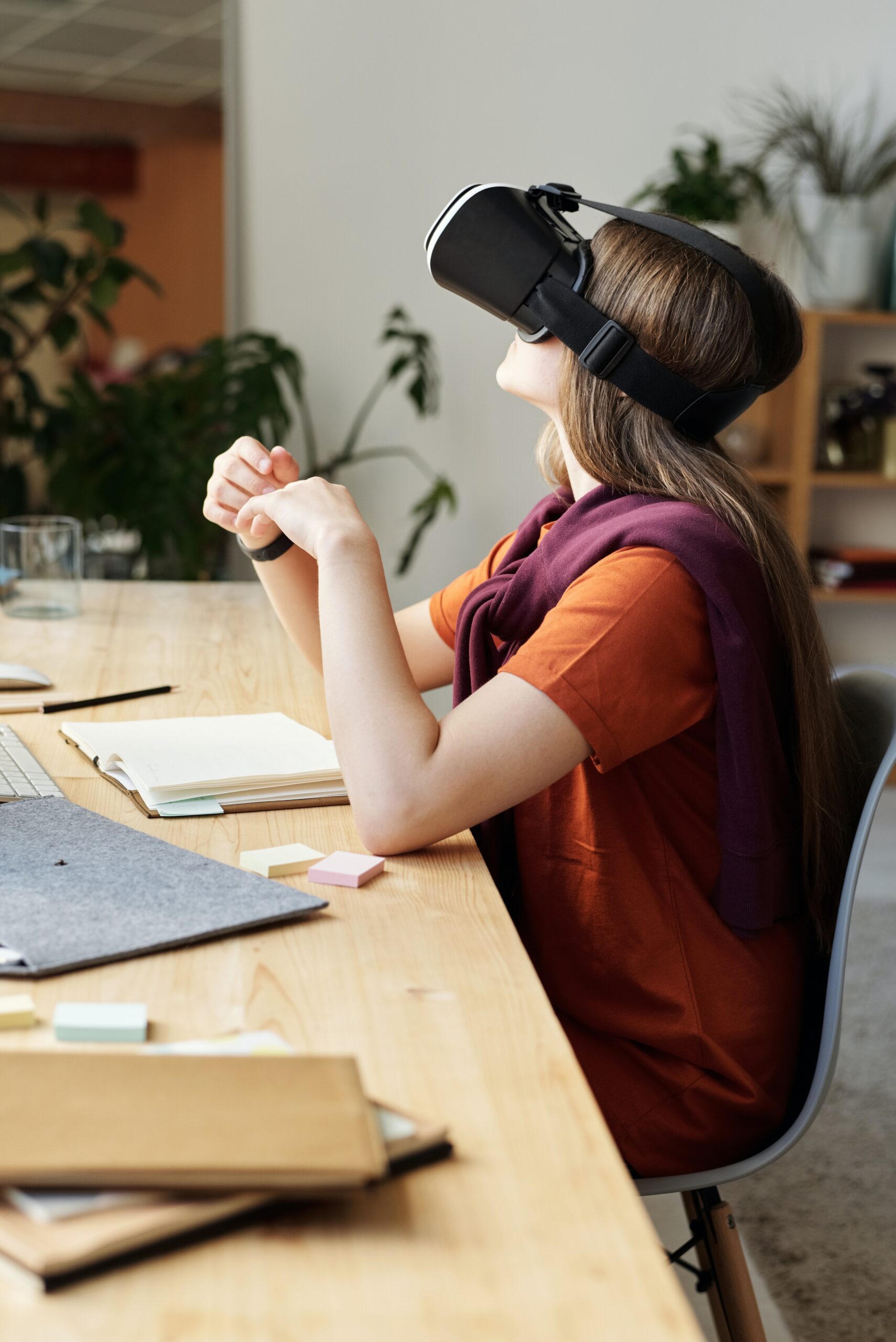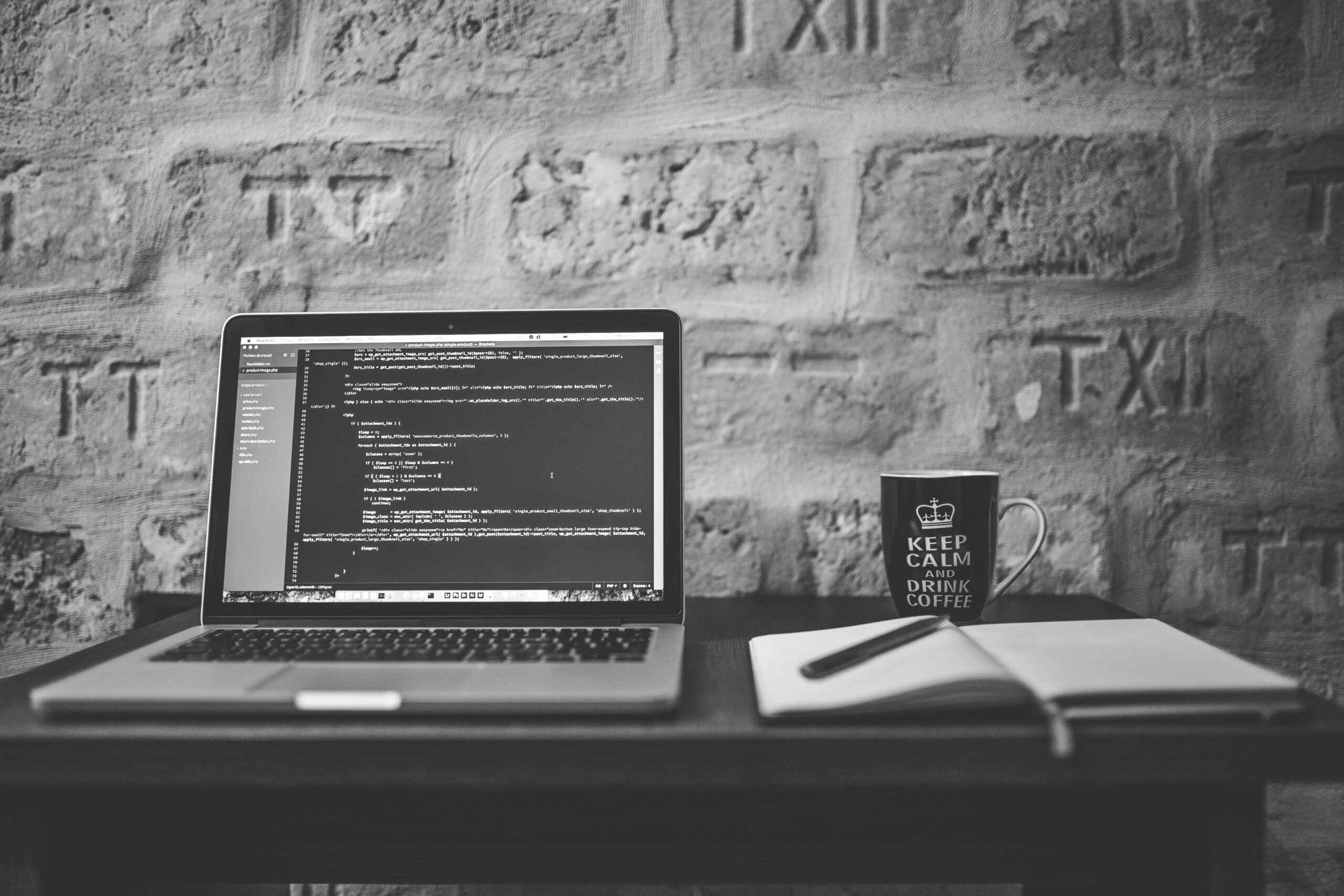The Impact Of Virtual Reality And Machine Learning On Society
Virtual Reality And Machine Learning Are Changing Society Everyday, And This Is How.
Virtual reality and machine learning are two rapidly advancing fields in the world of technology. Virtual reality refers to the use of computer-generated simulations of a three-dimensional environment or experience that can be interacted with using specialised equipment such as headsets. Machine learning, on the other hand, refers to the use of algorithms and statistical models that enable computers to learn from data and make predictions or decisions.
The intersection of virtual reality and machine learning holds immense potential for transforming society by enabling us to do things that were previously impossible. In this blog post, we’ll explore some of the potential applications of these technologies, how they are being used today, and their potential impact on society.
Current Applications
Virtual reality and machine learning are already being used in various industries and applications. Let’s take a look at some of the current applications of these technologies:
Healthcare
In the healthcare industry, virtual reality and machine learning are being used to improve patient outcomes and the training of medical professionals. Surgeons can use VR simulations to practice complex procedures before performing them on actual patients, reducing the risk of errors and complications. ML algorithms are also being developed to analyse medical data and provide personalised treatment recommendations for patients.
Education
Virtual reality and machine learning are being used to enhance learning experiences for students. VR simulations can provide immersive and interactive environments that allow students to explore concepts in a more engaging way. ML algorithms are also being developed to personalise learning experiences and provide tailored recommendations for students based on their individual strengths and weaknesses.
Entertainment
In the entertainment industry, virtual reality is being used to create new and immersive experiences for viewers. VR headsets can transport users to virtual worlds, allowing them to experience events and environments in a way that was previously impossible. ML algorithms are also being used to enhance the entertainment experience by providing personalised recommendations for movies, TV shows, and other media.
Retail
In the retail industry, virtual reality and machine learning are being used to create personalised shopping experiences for customers. VR simulations can allow customers to visualise products in a more interactive way, while ML algorithms can provide personalised product recommendations based on a customer’s purchase history and preferences.

Future Impact
The potential impact of virtual reality and machine learning on society in the future is immense. Here are some of the potential future applications of these technologies:
Healthcare
In the future, virtual reality and machine learning have the potential to revolutionise the way medical procedures are performed and patients are treated. With the ability to simulate complex procedures and analyse large amounts of medical data, these technologies can help to improve patient outcomes and reduce the risk of medical errors. For example, VR simulations could help medical professionals to test new surgical techniques before performing them on actual patients.
Education
In the future, virtual reality and machine learning have the potential to transform the way students learn and interact with information. With personalised learning experiences and immersive simulations, students can gain a deeper understanding of complex concepts and develop critical thinking skills in a more engaging and interactive way. For example, VR simulations could allow students to explore historical events and scientific concepts in a more interactive and engaging way.
Entertainment
In the future, virtual reality and machine learning have the potential to create entirely new forms of media and entertainment. With the ability to create immersive and interactive experiences, these technologies can revolutionise the way we consume and interact with entertainment media. For example, VR simulations could allow viewers to experience movies and TV shows in a more immersive and engaging way.
Transportation
In the transportation industry, virtual reality and machine learning have the potential to revolutionise the way we travel. With the ability to simulate traffic patterns and road conditions, these technologies could help to improve transportation safety and efficiency.
The combination of machine learning and virtual reality has also created new opportunities for training and education. For example, medical students can use virtual reality simulations to practice surgical procedures in a safe and controlled environment. By incorporating machine learning, these simulations can adapt to the individual learner’s performance and provide personalised feedback and guidance.
Virtual reality and machine learning are also being used to revolutionise employee training. Companies can create immersive training experiences for employees, such as virtual reality simulations of hazardous work environments, which can be tailored to each employee’s specific role and responsibilities. Machine learning algorithms can analyse employee performance and provide feedback to help improve training effectiveness.
Another area where virtual reality and machine learning are making significant strides is in the field of autonomous vehicles. Autonomous vehicles rely heavily on machine learning algorithms to recognise and react to their environment. By incorporating virtual reality, engineers can create simulated driving environments to test and refine these algorithms before they are deployed in the real world. This not only saves time and resources but also improves the safety and reliability of autonomous vehicles.
The Impact Of Machine Learning and Virtual Reality
While the current applications of virtual reality and machine learning are impressive, the potential impact on society in the future is even more significant. Here are a few examples of how these technologies could shape the future:
Healthcare
Virtual reality and machine learning could transform the healthcare industry. Patients could receive personalised treatment plans based on their unique health data, and doctors could use virtual reality to simulate complex surgeries before performing them on a patient.
Education
Virtual reality and machine learning could provide a more personalised and engaging learning experience for students. By analysing individual learning styles and preferences, educators could create custom learning experiences that cater to each student’s needs.
Entertainment
Virtual reality and machine learning could change the way we experience entertainment. Imagine being able to step inside your favourite movie or TV show and interact with the characters in a virtual environment. Machine learning algorithms could even customise the experience based on your preferences and reactions.
Transportation
As mentioned earlier, virtual reality and machine learning are already being used to improve the safety and reliability of autonomous vehicles. In the future, autonomous vehicles could transform the way we travel, making transportation safer, more efficient, and more accessible.
Environmental Sustainability
Virtual reality and machine learning could also play a role in promoting environmental sustainability. For example, virtual reality simulations could be used to educate people about the impact of climate change, while machine learning algorithms could be used to analyse data and develop more effective environmental policies.

Overall, the intersection of virtual reality and machine learning has the potential to transform society in profound ways. While the technology is still in its early stages, we are already seeing impressive applications in industries such as healthcare, education, and entertainment. As the technology continues to advance and become more accessible, we can expect to see even more exciting developments in the future.
Additional Services
About Captioning
Perfectly synched 99%+ accurate closed captions for broadcast-quality video.
Machine Transcription Polishing
For users of machine transcription that require polished machine transcripts.
